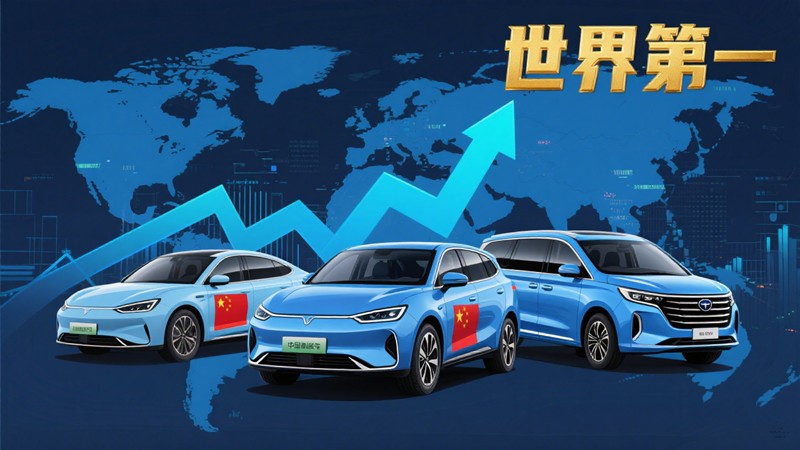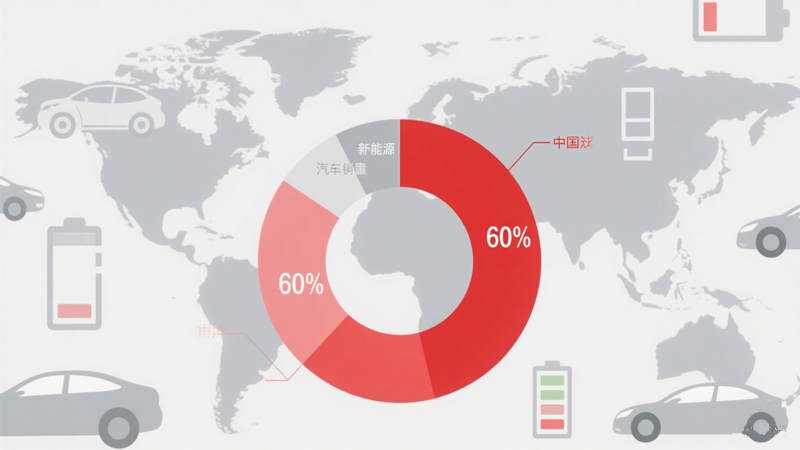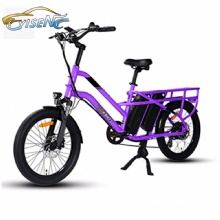Author:DavisDate:2025-8-16

China's new energy vehicle exports leap to first place globally, demonstrating industrial upgrading and global competitiveness.

[Xinhua News Agency, Beijing] China's new energy vehicle industry has achieved another victory. According to the latest statistics, in 2023, China's new energy vehicle exports surpassed those of traditional auto powerhouses for the first time, becoming the world's largest. This milestone achievement marks China's rapid rise in green transportation and has far-reaching implications for the global automotive industry.
_副本-5364286.jpg)
Exports Hit a New High, Leading Global Market Share
Data released by the China Association of Automobile Manufacturers (CAAM) shows that China's new energy vehicle exports reached 1.2 million units in 2023, an increase of over 80% year-on-year, accounting for over one-third of global new energy vehicle exports and surpassing traditional auto exporting powerhouses such as Germany and Japan to become the world's largest exporter of new energy vehicles.
Major export markets include Europe, Southeast Asia, the Middle East, and Latin America, with countries such as Belgium, the United Kingdom, and Thailand becoming popular destinations for Chinese new energy vehicles. Chinese brands such as BYD, SAIC, and NIO have won wide recognition among overseas consumers with their cost-effectiveness, intelligent technologies, and extensive product lineups.
_副本-9475233.jpg)
Driven by Policy Support and Technological Innovation
The rapid growth of China's new energy vehicle exports is due to strong national policy support and continuous innovation from Chinese companies. In recent years, the Chinese government has vigorously promoted the development of the new energy vehicle industry through subsidies, tax incentives, and infrastructure development (such as charging networks). Furthermore, the "dual carbon" goals have further accelerated the industry's green transformation.
On a technological level, Chinese automakers have achieved breakthroughs in areas such as battery life, intelligent driving, and vehicle connectivity. Battery companies such as CATL and BYD occupy a leading position in the global market share, and the intelligent features of domestically produced new energy vehicles have become a key selling point for overseas customers.
_%E5%89%AF%E6%9C%AC-9017103.jpg)
Reshaping the Global Automotive Industry
Analysts point out that the rise of China's new energy vehicles is reshaping the competitive landscape of the global automotive industry. The traditional fuel vehicle era, dominated by Europe, the United States, and Japan, is gradually being broken. With a complete industrial chain and rapidly iterating innovation, China has become a "new leader" in the new energy vehicle sector.
A report from the International Energy Agency (IEA) shows that China accounts for over 60% of global new energy vehicle sales. With continued growth in overseas demand, China's new energy vehicle exports are expected to further expand its advantage.

The future presents both challenges and opportunities.
Despite impressive achievements, the industry still faces challenges such as trade barriers and local competition. Some countries have introduced policies to restrict electric vehicle imports or encourage domestic production. In response, Chinese automakers are deepening their globalization strategies by establishing factories overseas (such as BYD's in Thailand and Brazil).
_副本-3591505.jpg)
Experts predict that as the global green energy transition accelerates, China's new energy vehicle exports will maintain strong growth momentum, further consolidating its position as the world's leading country and contributing a "Chinese solution" to the decarbonization of global transportation.
↓Next [ At the beginning of August, our factory ushered in the peak period of delivery and loading ]







